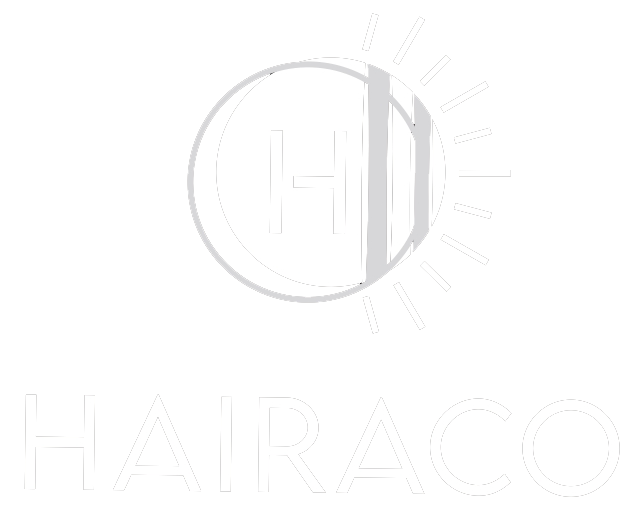The art of hair coloring is a meticulous process that requires not only skilled hands and artistic vision but also the right tools. Among these tools is the hair coloring board, an often-overlooked accessory that can make a significant difference in achieving flawless results. Choosing the right board size is crucial for different coloring services to ensure precision, ease of use, and client comfort. This article explores the considerations and recommendations for selecting the perfect hair coloring board size for various services.
Importance of Hair Coloring Boards
Hair coloring boards serve as a stable surface that facilitates the application of color. They help in distributing color evenly, preventing overlap, and ensuring consistency, especially during techniques like balayage, foiling, or freehand coloring. A well-chosen board can enhance the stylist’s efficiency and the overall outcome of the service.
Factors to Consider When Choosing a Board Size
Selecting the right hair coloring board size depends on several factors, including the client’s hair length, thickness, the specific coloring technique, and the stylist’s comfort. Here are the primary considerations:
1. Hair Length and Thickness
The length and thickness of the client’s hair play a significant role in determining the appropriate board size:
- Short to Medium Hair: For clients with short to medium hair, a smaller board, typically around 4 to 6 inches in width and 10 to 14 inches in length, is ideal. This size allows better maneuverability and control, helping to achieve precise application without overwhelming the stylist.
- Long or Thick Hair: For clients with long or thick hair, larger boards between 8 to 12 inches in width and 16 to 20 inches in length provide a more extensive surface area. This size accommodates larger sections of hair, making the application process more efficient and reducing the number of sections the stylist needs to manage.
2. Coloring Technique
Different coloring techniques necessitate different board sizes to achieve the best results:
- Balayage: Balayage involves painting color onto the hair freehand in a sweeping motion. A medium-sized board (around 6 to 8 inches wide and 12 to 16 inches long) is preferable as it offers a balance between control and enough surface area to blend colors smoothly.
- Foiling: Foiling requires precision and often deals with smaller sections. A smaller board (4 to 6 inches in width and 10 to 14 inches in length) is perfect for this purpose. It provides the necessary stability and helps maintain neat sections throughout the process.
- All-Over Color or Root Touch-Ups: For all-over color application or root touch-ups, the board size can vary based on personal preference and hair length. Medium to large boards are typically sufficient to hold sections of hair and apply color uniformly.
3. Stylist Comfort and Preference
The stylist’s comfort and familiarity with the tools are crucial for an efficient workflow. Experienced stylists might have a preferred board size based on their technique, hand size, and ergonomic needs. Trying out different sizes to see what feels most comfortable can lead to a more seamless coloring process.
Conclusion
Choosing the right hair coloring board size is an essential aspect of achieving professional and beautiful hair coloring results. By considering the client’s hair length and thickness, the specific coloring technique, and the stylist’s comfort, one can select an optimal board size that ensures precision and ease of use. Investing in various board sizes can also be beneficial, providing versatility to adapt to different services and client needs. Ultimately, the right tools enhance the stylist’s artistry and elevate the overall client experience.

